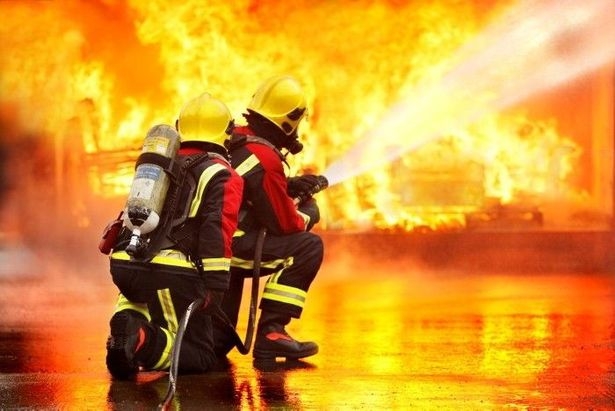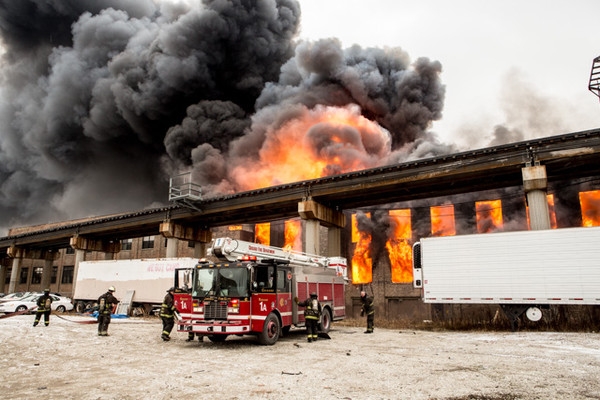
Why ASIB?
As recapped earlier this year the Automatic Sprinkler Inspection Bureau has a history dating back to the 1970s. At that time the short-term insurance industry decided it needed standards and regulations for fixed-fire protection systems so companies could evaluate the risk of insuring a building in relation to potential fire damage. While it sounds fairly straight forward to develop and maintain standards in a particular industry, the fire industry at large has faced a decline in professionalism and knowledge retention over the past half a century. What this translates in today’s environment is a decreased ability for fire professionals to serve the industries they operate in, namely construction, insurance and (obviously) fire.
There is a perception that ASIB operates as most other fire companies do; either as an installer of sprinkler systems or supplier of components but this is inaccurate. The company’s core focus can be described in three ways
- Developing the standards and regulations of best practice for the fire industry and providing inspections to those standards
- Educating industries through instructional courses related to sprinkler systems and fire and fixed fire protection
- Providing and maintaining a list of professional service providers in the fixed fire industry which is accessible to all stakeholders who require specific services
By providing an independent and unbiased inspection service for sprinkler and fixed fire protection systems, ASIB offers peace of mind to clients, contractors and insurers that they are getting the best possible assessment of their systems to protect their buildings. In this way the company can be described as a regulator of best practice for fixed fire protection services that is also available to consult to suppliers, installers or end clients.
Part of that service is ensuring all equipment has been designed and installed in accordance with the minimum accepted requirements of internationally recognised proven standards. This keeps South Africa at the forefront of best practice for fixed fire protection which has come a long way from the first fire protection system that consisted of a wooden barrel with water inside, using gunpowder to release the water once a fire had broken out.
A final role of ASIB is to assist in raising and upholding the quality of work and standards in the industry – this takes the form of educating and certifying professionals who operate throughout the industry, thereby ensuring best practices are used for the betterment of all. Simplistically there are several stakeholders in the business environment that ASIB operates in, described below.
- The Client that has a building in need of a sprinkler system
- The Installer and/or Consultant who will design and install a sprinkler system
- The Broker (of the Client) who also be involved in the process of securing insurance
- The Insurer who assesses the risk of insuring a building that the client has (usually with the help of an ASIB report)
- ASIB who conducts inspections, offers advice and produces a report assessing the effectiveness of an installed sprinkler system
The communication chain doesn’t always flow in the above order, however it serves to illustrate how many different stakeholders are involved in the industry, and with that many people, personalities, building scenarios and communications, why there is sometimes a lack of clarity for on certain issues. In the meantime you can follow ASIB on Twitter for all things fire related.
Next week’s feature will debunk some of the myths around sprinkler systems, generally propagated by Hollywood.






